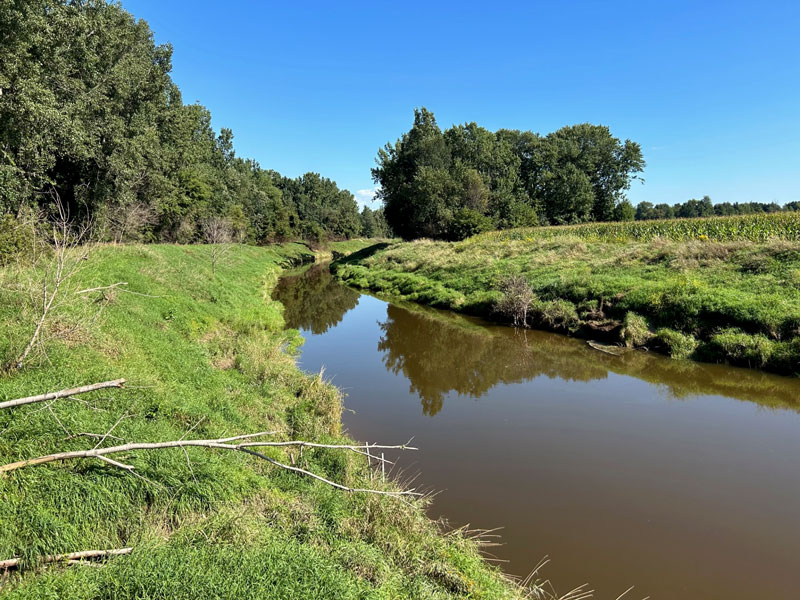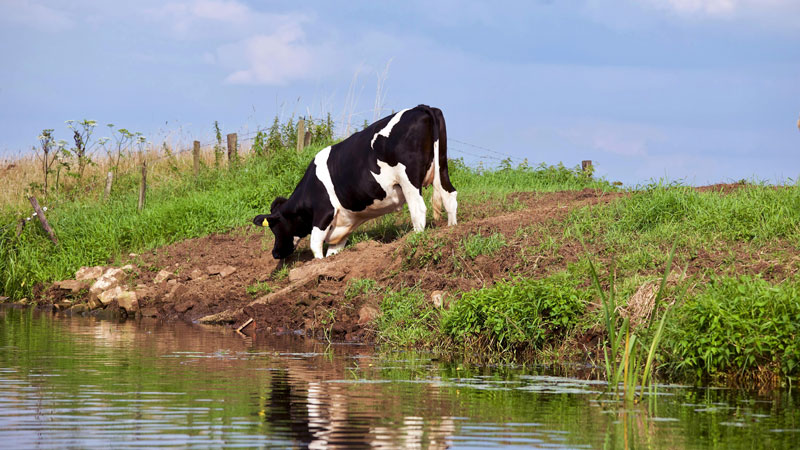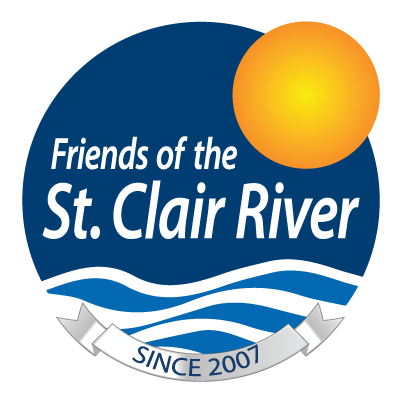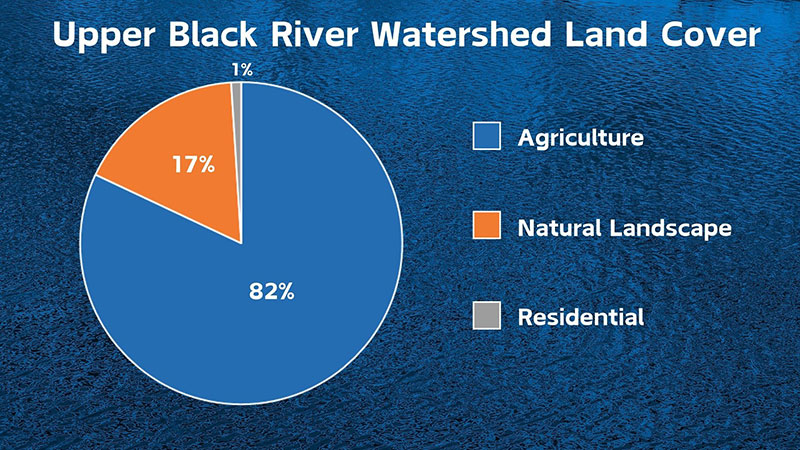UPPER BLACK RIVER
WATERSHED
About the Upper Black River Watershed
Jump to Section:
Watershed Location and Size
The Upper Black River is the northern aspect of the greater Black River Watershed system. It reaches from the Huron County border in the north while its major tributary, Elk Creek, reaches St. Clair and Lapeer Counties in the south. The Upper Black River watershed ultimately drains over one-third of Sanilac County and joins the lower Black River 3.5 miles south of Croswell, MI.
Watershed Wildlife
The Upper Black River watershed is prime for game species including white tailed deer, turkey, and upland game due to the heavy agricultural landscape influence. The endangered eastern fringed prairie orchid and pitcher’s thistle are found in moderately drained prairies and wetlands within this watershed.

Fringed Prairie Orchid [Photo Credit: flickr.com - @wackybadger]
Watershed History
Prior to European settlement, the Upper Black River watershed offered a plethora of fish and game, wild fruits, herbs, and corn. However, in the early 1800s, the landscape began changing as settlers cleared the land for the logging industries. As the forests disappeared, the land transitioned to agricultural purposes.
DO YOU HAVE A HISTORIC PHOTO?
Upper Black River Watershed Health
Water Monitoring
Non-point source pollutants are the primary concern for the Upper Black River. Such pollutants include:
- Excess nutrients from failing septic systems, lawn and garden activities, and agricultural runoff.
- Sediment from agricultural runoff, channelized drainage, new development, and dirt/gravel roadways create silty waterways that blankets important in-stream habitat for fish and macroinvertebrates.
- Chemicals and pesticides can find their way into the water from leaking landfills or historically contaminated sediments. Improper application of chemicals by residential, commercial, or agricultural producers may cause excess products to runoff into the waterways.
- Flashy hydrology increases with land development due to increased impervious surfaces, and stream channelization.
- Bacteria from failing septic systems, unrestricted livestock access to water, and large congregations of geese and seagulls.

Agricultural fields to the river’s edge along with channelization lead to increased erosion potential and flashy hydrology.
Successes
- Conservation programs exist for landowners to partner with federal, state, and local agencies to preserve and enhance riparian buffers adjacent to rivers and streams to control runoff.
- Current research is focusing on using controlled drainage to reduce phosphorus loss from agricultural fields, protecting both a farmer’s investment and the watershed.
Challenges
- Failing septic systems are a contributing factor for nutrient and bacteria loads into the Upper Black River.
- Runoff, sedimentation, and bacteria loads from livestock river access continue to contribute to non-point source pollution.

[Public Domain Photo: @pexels.com]
Action
- Extensions of federal and state programs to increase partnerships with the agricultural community would greatly benefit the watershed.
- Fencing livestock out of rivers prevents erosion and excess nutrient and bacteria release.
- Maintaining green infrastructure including rain gardens or buffer strips containing native vegetation helps control erosion and stabilize riverbanks.
Upper Black River Watershed Recreation
Recreation
Many recreation opportunities exist on the Upper Black River. The following are some local favorites:
- Multiple parks and campgrounds can be found along the shoreline of the Upper Black River, offering ample green space and public access to the water.
- Kayaking, canoeing, and paddleboarding are available for public use in much of the main channel of the river.
- Sucker Fishing is a common activity for the young and young-at-heart alike in the Upper Black River.
Watershed Management Plan
Watershed planning is rooted in achieving the best water quality possible for Michigan’s waters. The goal of a Watershed Management Plan is to prioritize the sources of water quality pollutants, assess historical changes the watershed has undergone, and identify future water and land use challenges. Since 2005, the St. Clair County Health Department has led watershed management planning efforts to assess current water quality conditions and identify projects that will help protect and restore our natural resources. The Upper Black River Watershed Management Plan can be found below as part of the Northeast Watershed Management Plan.
Watershed Advisory Groups were formed to assist with the development of these plans comprised of citizens, organizations, agencies and municipalities that have jurisdiction over land use and stormwater. As a result, these plans have prioritized projects and actions needed to restore, enhance, and protect the St. Clair River Watershed’s rivers, tributaries, and headwaters.
DO YOU HAVE A COVER GRAPHIC?


